A sunlit silence hangs over the high mesas of the American Southwest, where ancient lines cut through the desert—straight, unwavering, and often vanishing into the horizon. These are not natural cracks or animal trails. They are the enigmatic roads of the Ancestral Puebloans, a civilization whose ingenuity and ambition still spark wonder today. Imagine standing in the vast Chaco Canyon, feeling the weight of centuries pressing down as you gaze at roadways that seem to defy both logic and landscape. Why did these ancient people carve such precise paths through the wilderness? What secrets do these roads hold about a society that flourished and faded long before our time? The answers are as captivating as the mysteries themselves.
Chaco Canyon: The Heart of a Civilization
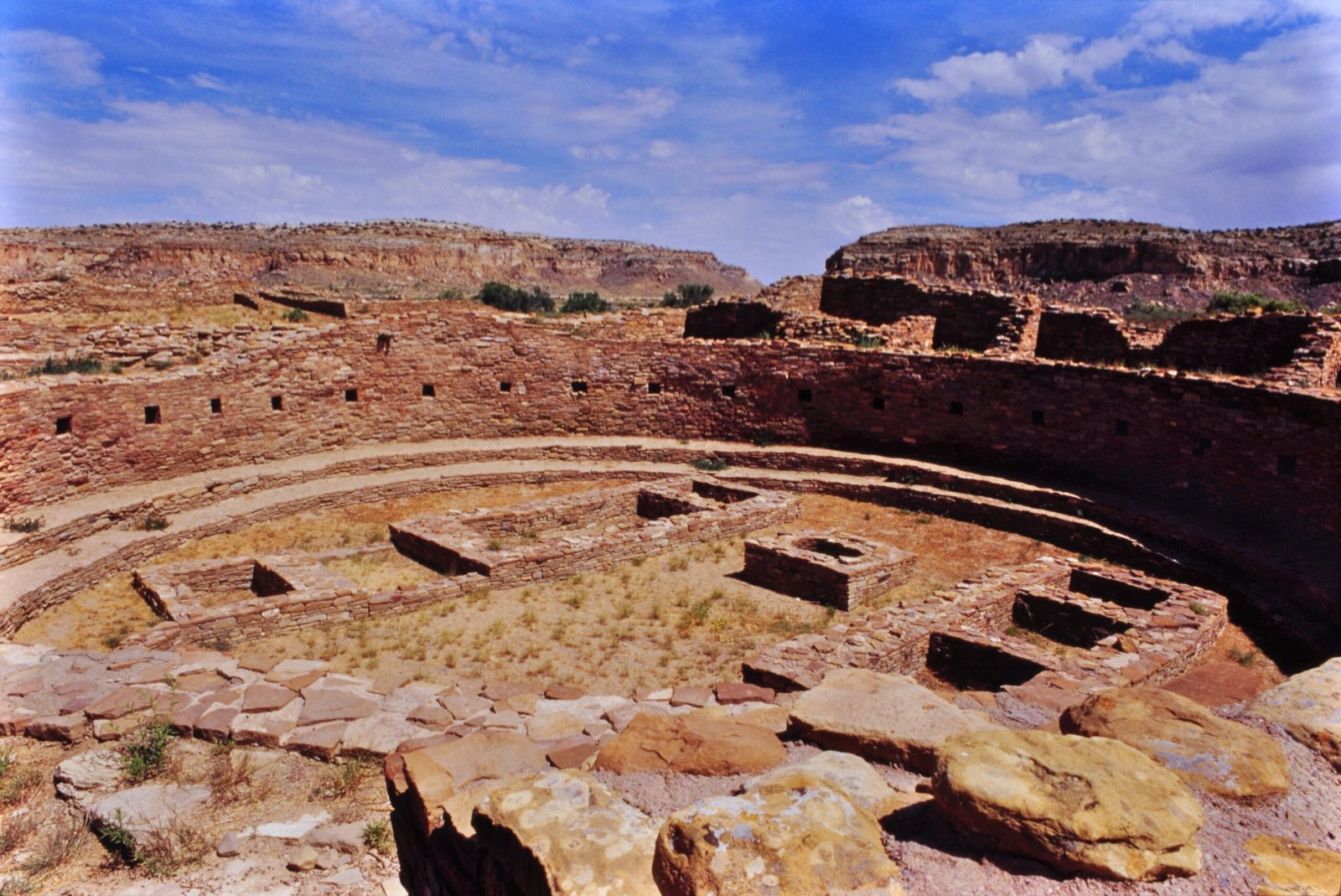
Chaco Canyon, located in what is now northwestern New Mexico, served as the vibrant center of Ancestral Puebloan culture between 850 and 1250 CE. This canyon was not just a cluster of impressive stone buildings; it was the hub from which the mysterious road system radiated. The canyon’s grand kivas, multi-storied “great houses,” and monumental plazas hint at a sophisticated society with remarkable organizational abilities. What makes Chaco even more awe-inspiring is the intricate web of roads that connect it to outlying communities, stretching for miles across harsh desert terrain. The road system suggests that Chaco was more than a local seat of power—it was the heartbeat of a far-reaching network that linked distant settlements in ways we are still trying to understand.
A Road Network Like No Other
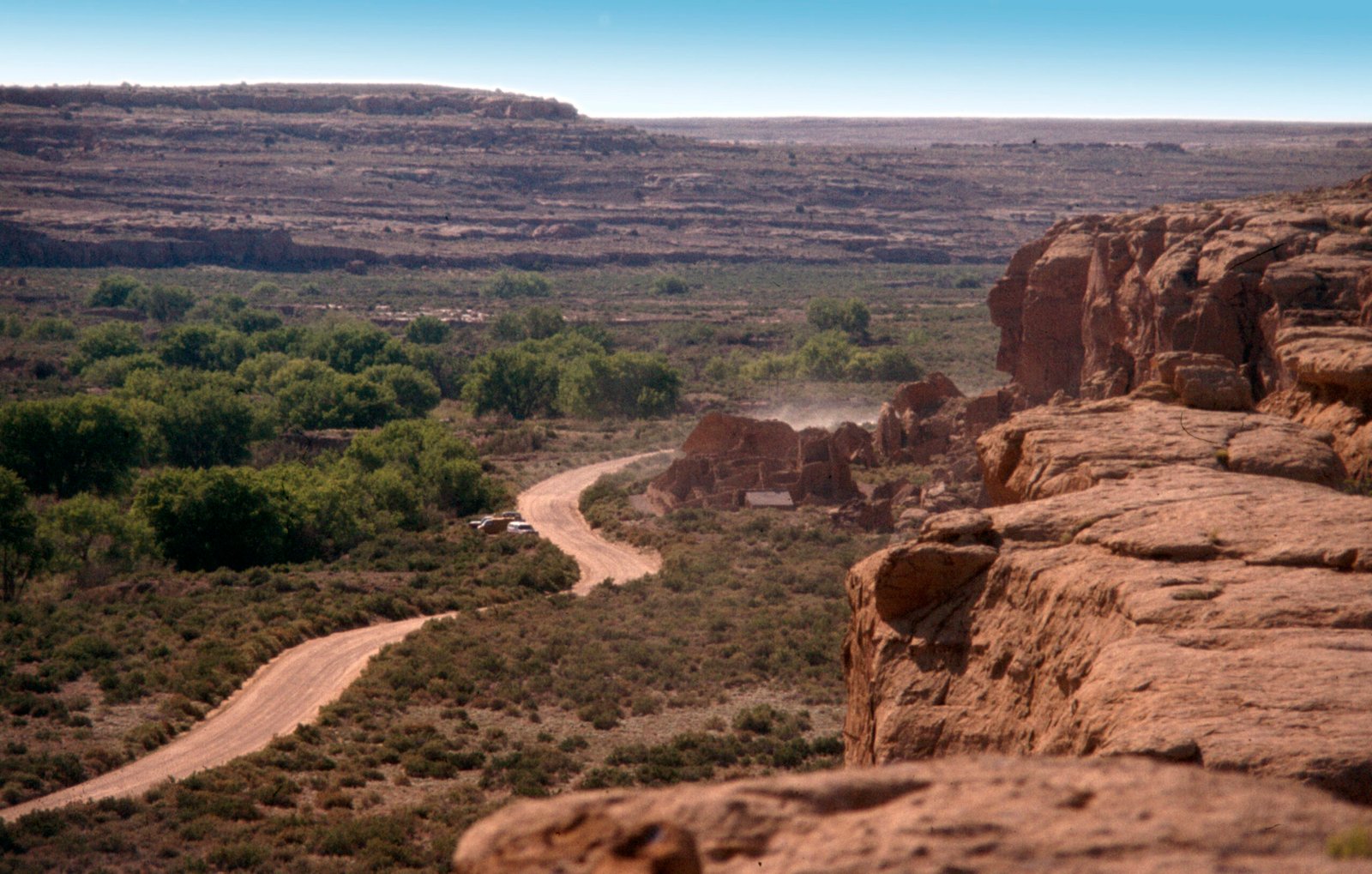
The Ancestral Puebloan road system is unlike anything else found in prehistoric North America. Archaeologists have identified at least 400 miles of roads, some as wide as 30 feet, cutting straight across mesas, canyons, and even cliffs. These roads often travel in perfectly straight lines, ignoring the natural contours of the land. Unlike modern roads designed for the shortest or easiest route, Puebloan roads seem to serve a purpose beyond simple travel. Some roads stop abruptly at canyon rims or continue for miles with no clear destination, which only deepens the mystery. The sheer scale and deliberate design of these pathways speak to a unified vision and communal effort, raising important questions about the society that built them.
Engineering Feats in a Harsh Landscape
Constructing such roads in the arid and rugged landscape of the Southwest was no small feat. The builders cleared vegetation, leveled the earth, and sometimes even cut into bedrock to maintain the roads’ straightness. In places where the land dipped or rose sharply, they built ramps or stairways from stone, demonstrating both creativity and determination. The roads are visible today as subtle depressions, soil discolorations, or lines of stones, enduring centuries of wind and weather. Their persistence is a testament to the labor and planning invested by the Ancestral Puebloans. The roads’ resilience sparks admiration for the people who, without metal tools or wheeled vehicles, managed to carve such enduring marks on the land.
Theories Behind the Purpose of the Roads
Why did the Ancestral Puebloans construct such an extensive road network? The most common theory is that the roads served as ceremonial or symbolic pathways, connecting sacred sites and outlying communities to the spiritual core at Chaco. Some archaeologists suggest that processions and rituals might have taken place along these routes, turning the act of walking itself into a sacred journey. Another theory posits that the roads were practical, facilitating trade and communication between distant settlements. Still, the straightness and sometimes impractical routes of the roads hint at a deeper, possibly cosmological significance. The roads may have mirrored celestial patterns or mapped out the Puebloans’ beliefs about their place in the universe.
Connecting Communities Across the Desert
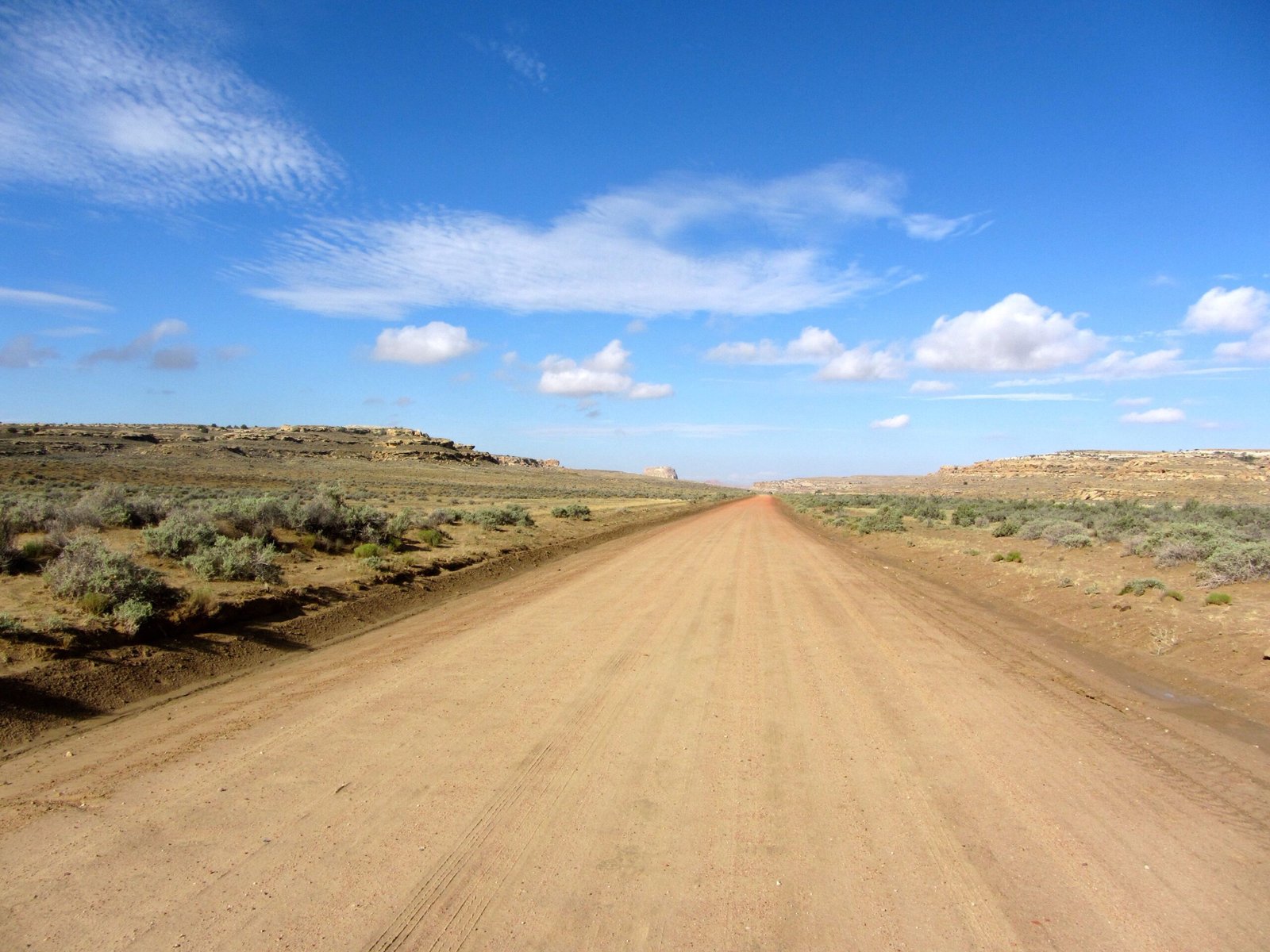
The road system linked Chaco Canyon to dozens of outlying “great houses” and smaller settlements scattered across the Four Corners region. These connections fostered a sense of unity and shared identity among the Ancestral Puebloans, even as their communities were separated by vast distances. Archaeological evidence suggests that goods like pottery, turquoise, and even exotic items such as macaws traveled these routes, highlighting the roads’ role in economic and cultural exchange. The roads made it possible for people, ideas, and traditions to flow between distant villages, weaving together a social fabric that stretched far beyond Chaco itself.
Astronomical Alignments and Sacred Geometry
Some researchers believe that the road system was designed with the stars in mind. Certain roads align with solar and lunar events, such as the solstices or equinoxes, suggesting that the Puebloans used the landscape as a kind of cosmic calendar. The precision with which the roads are constructed hints at advanced knowledge of astronomy and geometry. The interconnectedness of architecture, landscape, and sky reflects a worldview that saw the earthly and celestial as intertwined. Walking these roads may have been a way for the Puebloans to honor the cycles of nature and their ancestors, binding the people to both land and cosmos.
Symbolism and Social Power
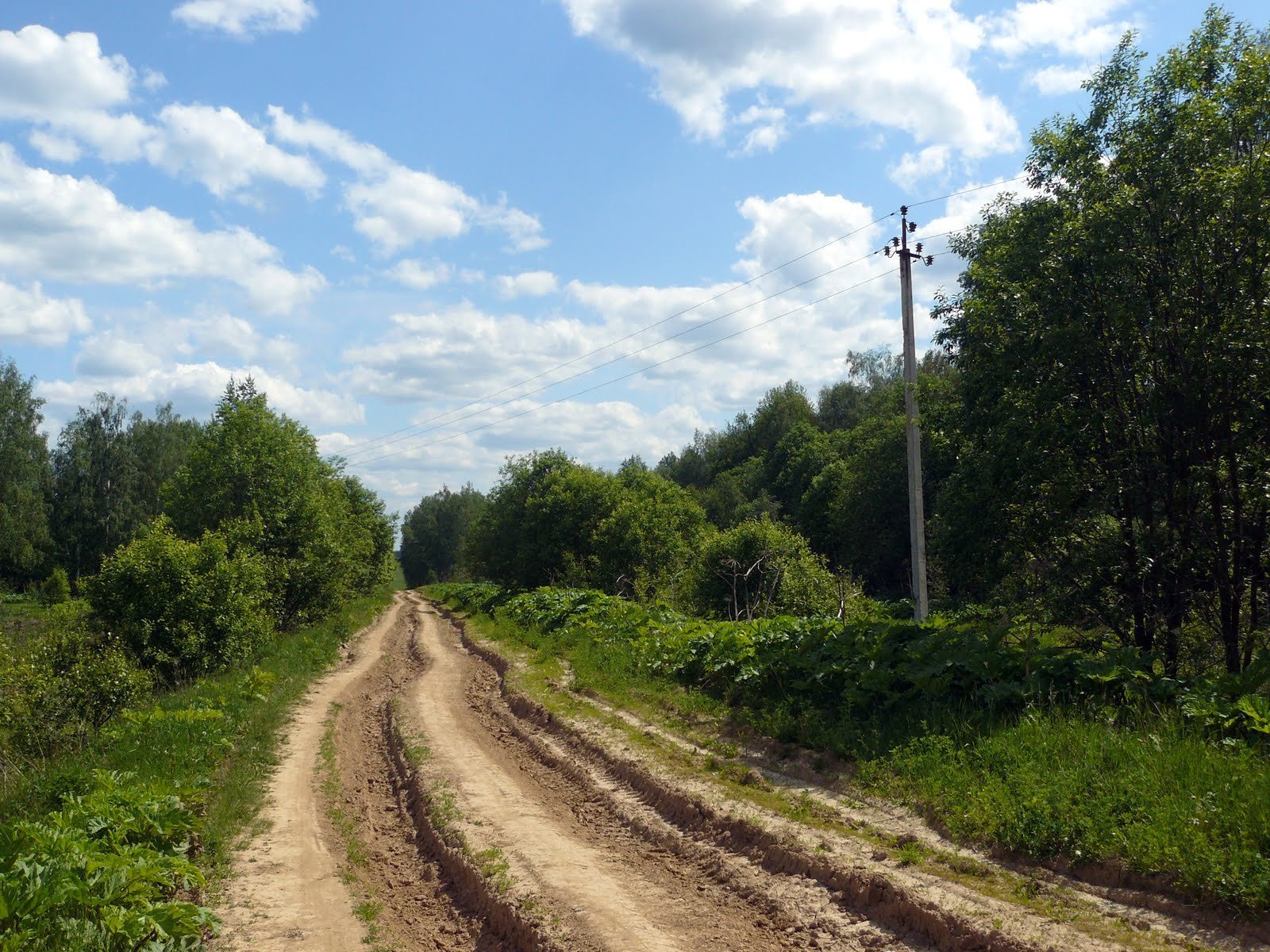
Beyond their practical uses, the roads likely played a powerful symbolic role in Puebloan society. By building such monumental pathways, the Chacoan leaders demonstrated their ability to mobilize labor and resources, reinforcing their authority and influence. The roads could have marked boundaries or territories, or served as visible statements of unity and power. Ceremonies held along these routes may have reinforced social bonds and community identity. In this way, the roads were not just physical structures, but tools for shaping society and expressing shared beliefs.
Modern Discoveries and Archaeological Tools
In recent decades, advances in technology have revolutionized our understanding of the Ancestral Puebloan road system. Archaeologists now use aerial photography, drones, and satellite imagery to detect faint traces of roads invisible from the ground. LiDAR (Light Detection and Ranging) has uncovered hidden segments beneath vegetation and soil, revealing just how extensive the network once was. These tools allow scientists to map the roads with unprecedented accuracy and to reconstruct the ancient landscape in vivid detail. Each new discovery adds another piece to the puzzle, sparking excitement and debate among experts and enthusiasts alike.
Preservation Challenges and Threats
Despite their historical significance, many of the ancient roads are at risk from erosion, development, and modern infrastructure projects. As roads and buildings encroach on the landscape, the fragile traces of the Puebloan network can be lost forever. Preservation efforts face challenges due to the sheer size and subtlety of the road system. Archaeologists and Native American communities are working together to protect and document these sites, recognizing their cultural, spiritual, and scientific value. Public awareness and support are crucial for safeguarding this irreplaceable heritage for future generations.
Legacy and Lessons for Today
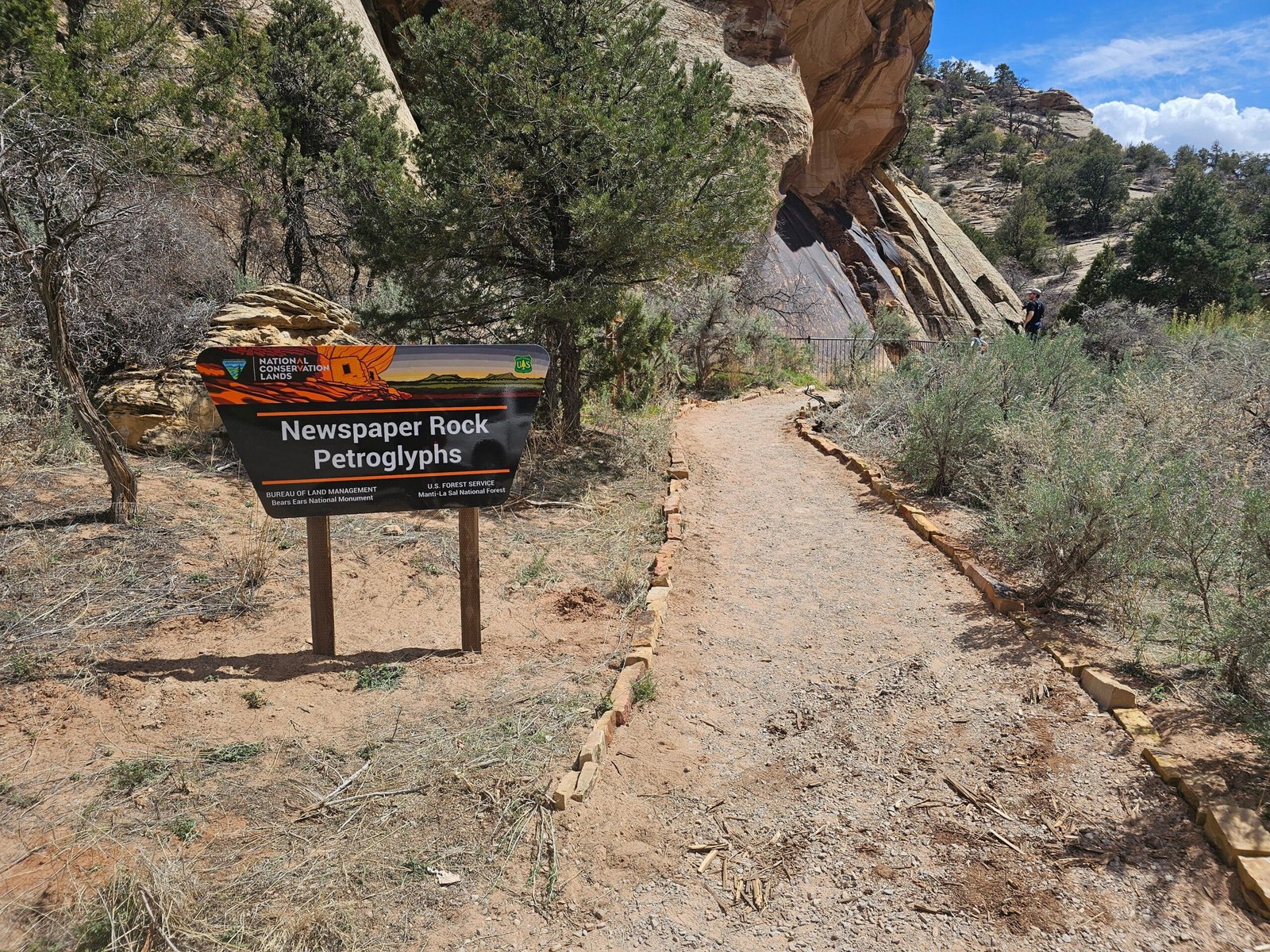
The mystery of the Ancestral Puebloan road system continues to inspire awe and curiosity. These roads are more than ancient pathways; they are enduring symbols of human ingenuity, vision, and connection. They remind us that even in the harshest environments, people have always found ways to create, communicate, and celebrate their place in the world. The questions that remain—about purpose, meaning, and memory—invite us to look deeper, not only into the past but also into our own ways of connecting with each other and the land. What hidden roads might we still discover, both around us and within ourselves?



